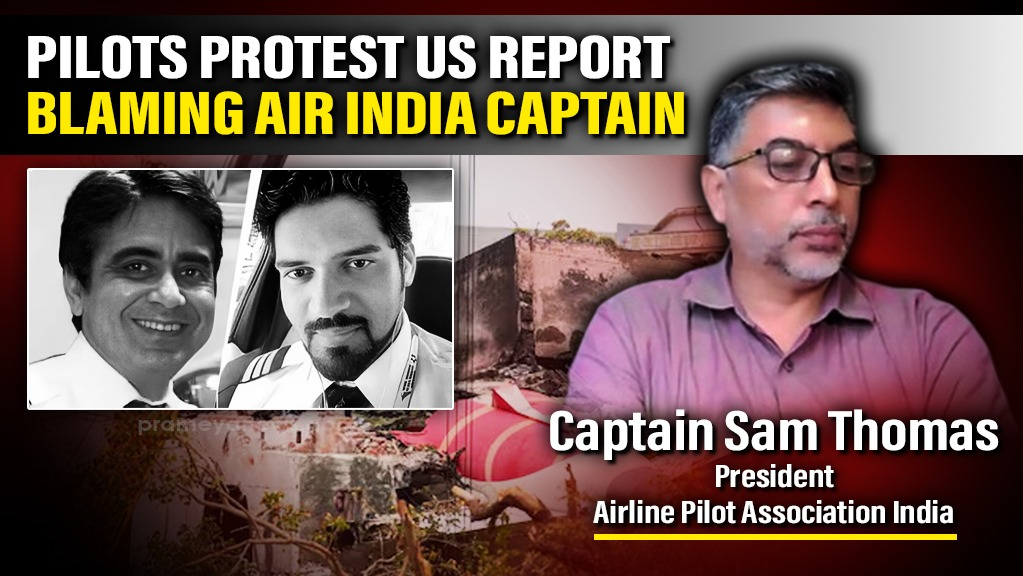

The investigation into the tragic Air India crash has become fraught with controversy as a new report from the United States points to pilot error, a conclusion that a prominent pilots' body has labeled "premature and irresponsible." This development has created conflicting narratives about the final moments of flight AI 171, which crashed in Ahmedabad, killing 260 people.
A report in The Wall Street Journal, citing an assessment by US officials, claims that cockpit recordings indicate the Flight's Captain, intentionally moved the fuel control switches to the "cutoff" position. The report alleges that the First Officer is heard on the recording asking the captain why he moved the switches, before panicking. This account places the responsibility for the crash squarely on the captain.
This version of events is being challenged by the Federation of Indian Pilots (FIP). The group has expressed its dissatisfaction with the investigation, noting that pilot representatives were excluded from the process. "Assigning blame before a thorough, transparent, and data-driven investigation is both premature and irresponsible," the FIP said in a statement.
Their position is supported by the initial findings from India's Aircraft Accident Investigation Bureau (AAIB). While the AAIB report confirmed the fuel switches moved from "run" to "cutoff," it did not assign blame. Crucially, it mentioned a cockpit exchange where one pilot asked the other why he cut the fuel, and the other responded that he did not. This suggests the possibility of an un-commanded system failure rather than deliberate pilot action.
In the wake of these conflicting reports, the Indian government has urged the public and media to avoid jumping to conclusions until the final investigation is complete, which could take up to a year. Meanwhile, Air India has conducted inspections on the fuel switch locking mechanisms across its Boeing 787 fleet and reported finding no issues.
In conclusion, the investigation is at a critical and contentious stage. With one report suggesting deliberate pilot action and another leaving open the possibility of a catastrophic technical malfunction, the aviation community is left with more questions than answers. The final, official report will be essential to resolve these contradictions and provide a definitive explanation for the tragedy.